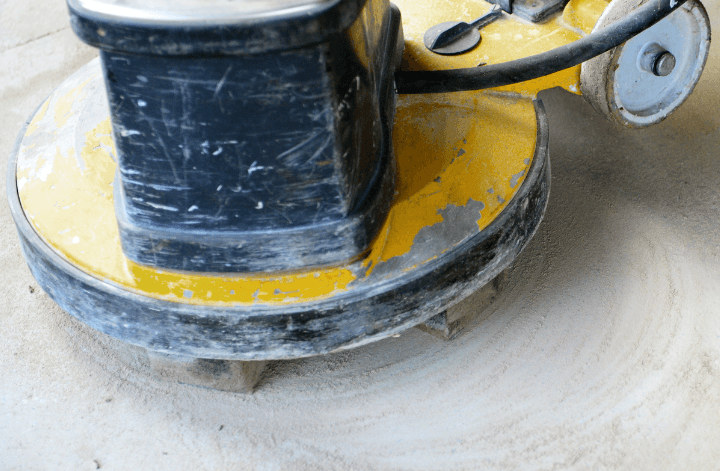In the world of surface finishing, terms like “polishing” and “buffing” are often used interchangeably, leading to confusion about their actual meaning and function. Despite both being processes that enhance the smoothness and gloss of a surface, polishing and buffing differ in their goals and methods. This article aims to explain these differences in detail and guide you in choosing the right process for your project.
Polishing
Polishing is a broad term used to refer to various processes designed to make a surface smooth and shiny. The process involves removing a tiny layer from the surface, thereby reducing roughness and increasing the reflectivity of the surface.
Polishing can be classified into different levels, from coarse to fine:
- Coarse Polishing: This involves the use of high-cut compounds to remove deep scratches, oxidation, and other significant imperfections. It’s the initial stage in a multi-step polishing process.
- Medium Polishing: Medium-cut compounds are used here to handle moderate defects such as shallow scratches and mild oxidation.
- Fine Polishing: Fine or finishing compounds provide the final high-gloss finish. They are not designed to handle imperfections but instead, work to enhance shine and provide a mirror-like finish.
Polishing compounds come in various formulations designed for specific materials, such as metal, plastic, or paint. The process can be done manually or using machines like rotary polishers and dual-action polishers.
Buffing
Buffing, often considered a subset of polishing, is a process that aims to create an extremely smooth and glossy surface. The process typically follows polishing and uses less abrasive compounds. The goal of buffing is not to remove any more material from the surface but to smoothen the tiny imperfections left by the polishing process, enhancing the shine to the highest level.
Buffing is usually a two-step process:
- Cutting or Coloring: The first stage involves a cutting or coloring compound applied with a firm buffing wheel to remove small imperfections and prepare the surface for the final step.
- Finish Buffing: The second stage uses a very soft buffing wheel with a less abrasive compound to provide the high gloss, mirror-like finish.
Like polishing compounds, buffing compounds are also designed for specific materials, and the process can be performed manually or using machine buffers.
Polishing vs. Buffing
To summarize, the main differences between polishing and buffing lie in their objectives and the abrasiveness of their compounds.
- Objective: Polishing aims to remove surface defects and increase gloss, while buffing focuses on creating a highly smooth, mirror-like finish.
- Abrasive Level: Polishing compounds tend to be more abrasive than buffing compounds. They are designed to remove material from the surface. Buffing compounds, on the other hand, are less abrasive and are used to smoothen the surface further and enhance its gloss.
Understanding the difference between polishing and buffing can greatly enhance the outcome of your surface finishing projects. It’s vital to remember that each process serves a unique purpose in the broader scheme of surface finishing. Depending on your specific goals—whether you want to remove defects or achieve an ultra-smooth and shiny surface—you can choose to employ one or both of these techniques. With the right tools, compounds, and techniques, both polishing and buffing can transform your surface from dull and flawed to smooth, shiny, and flawless.
